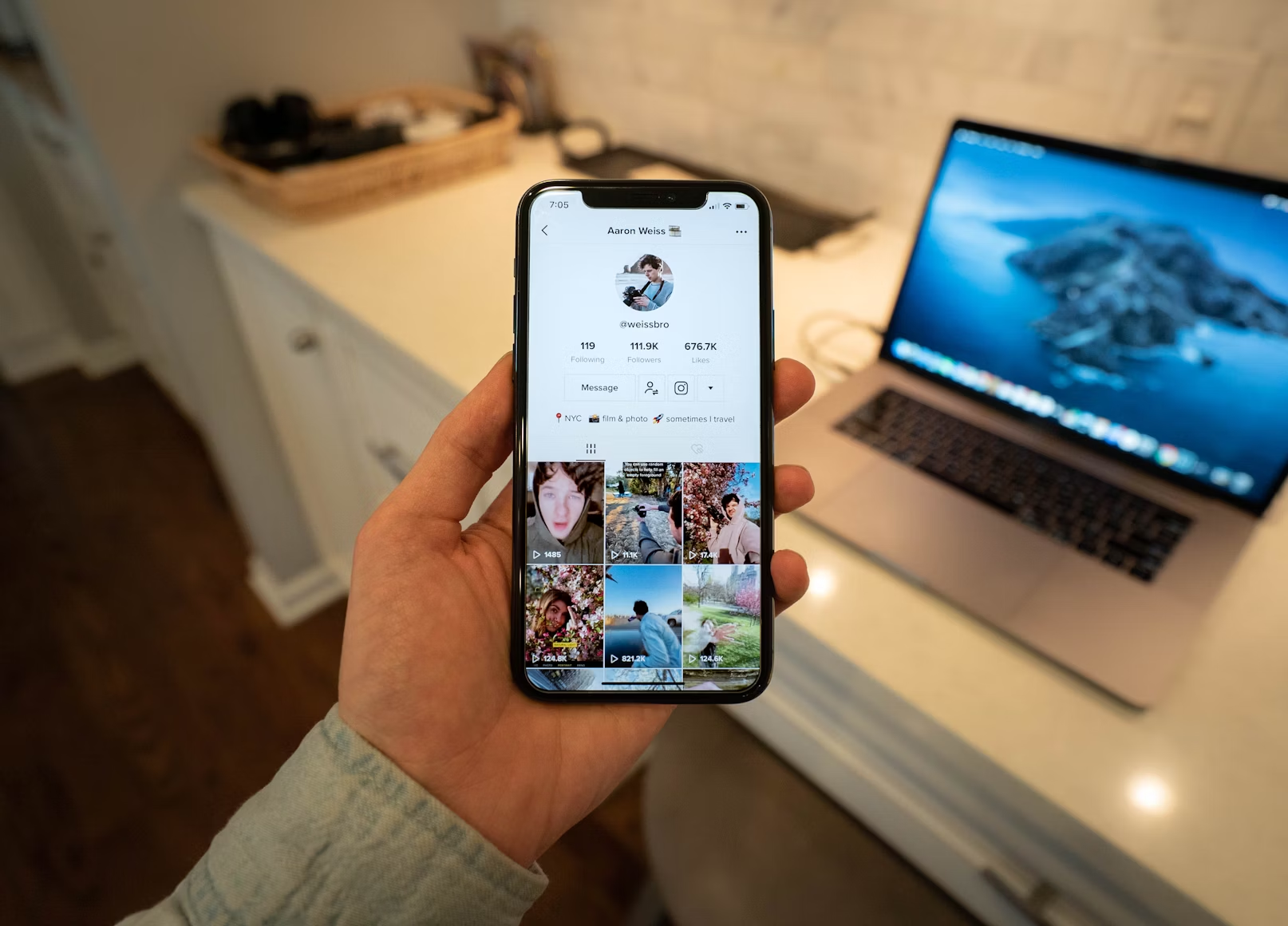TikTok: UX Revolution or Unethical Design?
When it comes to modern-day marketing, social media platforms are a brand’s best friend. But while different platforms work for different brands, there’s no denying that TikTok has revolutionised the game when it comes to social media marketing.
The video app outperforms all other platforms when it comes to metrics such as the time of an average session; users spend twice as long on TikTok as they do on Instagram or X. This is music to the ears of brands and content creators. But does it come at a cost to the user? This article will explore whether TikTok’s purposely addictive UX should be celebrated or condemned.
TikTok’s Key UX Features
Personalised Algorithm
The success of a social media platform has long been dependent on the strength of its algorithm. Showing the user what they want to see increases time spent on an app or website, improves their experience and increases the likelihood they’ll purchase from a brand. For years, the content that our news feeds served up was dependent on the accounts we followed. In the early days, Facebook and Twitter only showed content from our friends or people we followed.
TikTok was the first platform to go all in on a ‘For You’ style algorithm. The accounts a user follows on TikTok have far less of an impact on the content they see. Instead, recent searches and how long a user spends watching a certain video will determine the future content they see. If you find it hard to skip cute videos of puppies, you can expect to see your feed filled with more of the same.
Short-form Video Format
The average length of a TikTok video is 35 seconds. Originally, TikTok videos were limited to 15 seconds in length. This focus on short-form content allows users to soak up a large amount of content in a short space of time. With younger peoples’ attention spans becoming shorter and shorter, this has seen TikTok become the social media platform of choice for Gen Z.
Infinite Scrolling
TikTok uses the infinite scroll UX pattern to keep users engaged. Users have an endless stream of videos with a short swipe rewarding the user with a hit of fresh content. This has led to the coining of terms like ‘doomscrolling’ and ‘TikTok holes’. A TikTok hole is when a user finds themselves stuck consuming video after video as a result of TikTok’s infinite feed of videos.
This contributes to TikTok’s impressive user engagement metrics but also increases the amount of time the user is spending on their phone and can be the start of addiction problems. All three of these features combine to create a highly addictive experience that provides users with a short, quick hit of instant gratification.
The Dark Side of TikTok
Dark design patterns are sneaky tactics employed by UX teams to trick users into performing certain actions. TikTok has been accused of utilising dark UX patterns. The platform’s never-ending loop of videos encourages the user to spend longer on the app without them realising.
Forced Engagement Tactics
TikTok’s interface contains a lack of natural break points in comparison to other social media platforms. One video simply leads to another. Users can also turn on auto scroll which means users can consume content on a loop without any human involvement.
Negative Impact On Mental Health
More and more people are becoming increasingly concerned with the impact of spending more time on their phones. Too much screen time can lead to poorer sleep, increased anxiety and even depression. Apps like TikTok which are purposefully designed to encourage us to spend more time on our devices have been criticised for contributing to this.
Reliance On Personalised Data
As already mentioned, TikTok relies heavily on users’ behaviour. To provide the hyper-personalised feeds that TikTok is able to, the platform must lean heavily into the data around users’ sessions which has led some people to raise privacy concerns.
Final Thoughts
TikTok’s approach to UX has been adopted by other social platforms. Users of platforms like X, Facebook and Instagram have probably noticed how less and less content now comes from accounts they follow. Instead, platforms are now trying to predict what users want to see. We’re also seeing a move towards more short-form video content in an attempt to keep users engaged for longer. Working with a branding agency Manchester can help you to create content that is right on brand and suits each platform!
Given some of the points discussed in this article, there is an argument that it is time to put more pressure on social media sites to use more ethical design principles.
